In a recent BeInCrypto-hosted discussion, Sofia Pashnina brought together representatives from Avalanche and Uplink to explore the potential of decentralized physical infrastructure networks (DePIN).
With insights from Carlos Lei, co-founder and CEO of Uplink, and Justin Fiddes, Senior Ecosystem Growth Associate at Avalanche Labs, the session delved into the future of connectivity and how blockchain technology can address growing global challenges.
Introducing Uplink: Decentralizing Wireless Connectivity
DePIN, short for Decentralized Physical Infrastructure Networks, merges blockchain technology with real-world infrastructure, such as routers, sensors, and energy systems.
At its core, Uplink focuses on Decentralized Wireless (DeWi) to address a pressing issue: the exponential growth in data consumption and connected devices.
Carlos Lei:
Traditional telecom infrastructure struggles to keep up with demand. Building massive towers and acquiring real estate is not only expensive but increasingly impractical in a world where devices are multiplying faster than ever.
Instead of relying on centralized infrastructure, Uplink enables communities to own and operate smaller, distributed connectivity nodes. These nodes, which can range from personal routers to specialized equipment, collectively provide the same—or better—service as traditional cell towers.
Carlos Lei:
This model reduces costs for telecom operators while rewarding individuals for contributing infrastructure. It’s a win-win scenario that decentralizes connectivity and makes it more scalable.
Why Avalanche Is the Ideal Blockchain for DePIN Projects
Justin highlighted Avalanche’s pivotal role in supporting projects like Uplink. He outlined two critical advantages that make Avalanche the blockchain of choice for DePIN projects: ownership and performance.
1. Ownership and Sovereignty
Unlike many other blockchains, Avalanche enables projects to launch their own sovereign layer-1 blockchain. This approach allows projects like Uplink to fully customize their blockchain architecture, from virtual machine configurations to gas fee mechanisms.
Justin Fiddes:
With Avalanche, Uplink doesn’t have to compete for resources on a shared chain. Instead, they own their own chain, giving them complete control over scalability and user experience.
This sovereignty extends to the validator network. Uplink’s community members can become validators, enhancing decentralization while earning rewards. This feature is especially important as Uplink scales its network to handle millions of transactions daily.
2. High Performance and Low Latency
Avalanche’s architecture allows for more speed and efficiency, with sub-second transaction finality and the ability to handle high throughput. These capabilities are critical for DePIN projects that require seamless interactions across a vast number of connected devices.
Justin Fiddes:
Uplink needs a chain that feels as smooth as Web2. With Avalanche, end users don’t even realize they’re interacting with blockchain technology.
Avalanche 9000: More Scalability and Accessibility
A big milestone for Avalanche is its latest upgrade, Avalanche 9000, which introduces permissionless layer-1 blockchains. Previously, launching a subnet required a substantial upfront stake of 2,000 AVAX per validator. The upgrade shifts to a more accessible pay-as-you-go model, reducing costs to just 1.33 AVAX per month per validator.
Justin Fiddes:
This change democratizes access to validation and opens the door for more participants. It’s a game-changer for projects like Uplink that need to scale rapidly.
Avalanche 9000 also enhances interoperability through Avalanche Warp Messaging (AWM), a protocol that allows seamless communication between subnets and the Avalanche C-chain. This ensures that users experience the ecosystem as a unified network, regardless of the underlying blockchain.
Justin Fiddes:
We envision a world where many chains feel like one. This interoperability is essential for fostering collaboration across industries.
Building Supply with the Uplink Dashboard
Carlos introduced the Uplink Dashboard, a crucial tool for building the decentralized connectivity network. The dashboard allows users to pre-register their routers and become part of the Uplink ecosystem.
Carlos Lei:
We launched the dashboard to prove we can build supply. Within a little over a month, we’ve registered more than 150,000 users and 125,000 routers.
The dashboard also prioritizes growth in high-demand areas through “search areas”—regions where connectivity is most needed. Participants in these areas receive additional incentives to contribute to their infrastructure.
Collaborative Growth in the Avalanche Ecosystem
Carlos noted that Avalanche’s community-driven approach aligns perfectly with Uplink’s mission. “Avalanche’s ecosystem is built on collaboration, not competition,” he said. “This enables us to focus on what we do best—providing connectivity—without worrying about chain-level conflicts.”
Justin echoed this sentiment, emphasizing Avalanche’s support programs, such as the Multiverse Fund, which incentivizes the adoption of new Avalanche layer-1 chains.
Justin Fiddes:
Whether it’s facilitating VC introductions, marketing campaigns, or direct technical support, we’re here to help projects like Uplink succeed.
Driving Broader Adoption of DePIN
Both Carlos and Justin envision a future where DePIN transforms industries like IoT, telecommunications, and energy management. By integrating decentralized connectivity solutions, these sectors can address longstanding challenges such as scalability, cost efficiency, and global accessibility.
Carlos highlighted the importance of interoperability in this vision; he said:
The future of DePIN is one where everything just works—where blockchain-powered infrastructure feels as intuitive as traditional solutions.
What the Future Holds for Both Projects
When asked about future challenges, Carlos acknowledged that competition within the DePIN space is increasing. However, he sees Avalanche’s permissionless model as a key differentiator.
Carlos Lei:
By launching our own layer-1 blockchain, we can collaborate with other protocols instead of competing. This approach fosters innovation and ensures that we’re focused on delivering real-world solutions.
Looking ahead, Uplink plans to expand its network, refine its technology, and onboard more participants. Meanwhile, Avalanche will continue to roll out upgrades and initiatives to support its growing ecosystem.
The post Uplink CEO Carlos Lei and Avalanche’s Justin Fiddes on Driving DePIN Innovation appeared first on BeInCrypto.

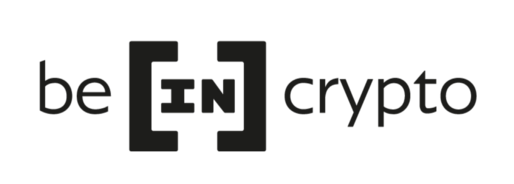 1 month ago
24
1 month ago
24
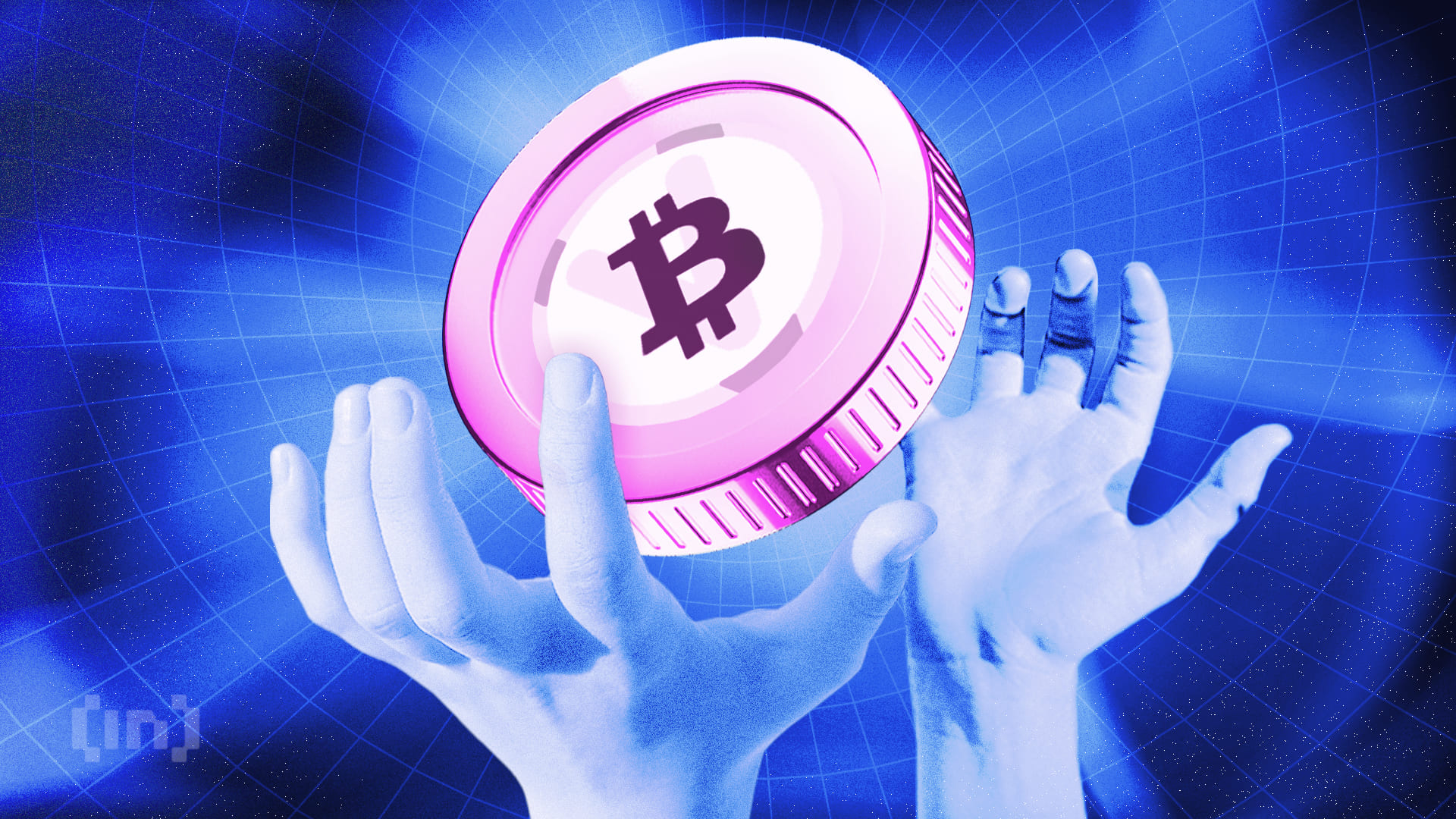
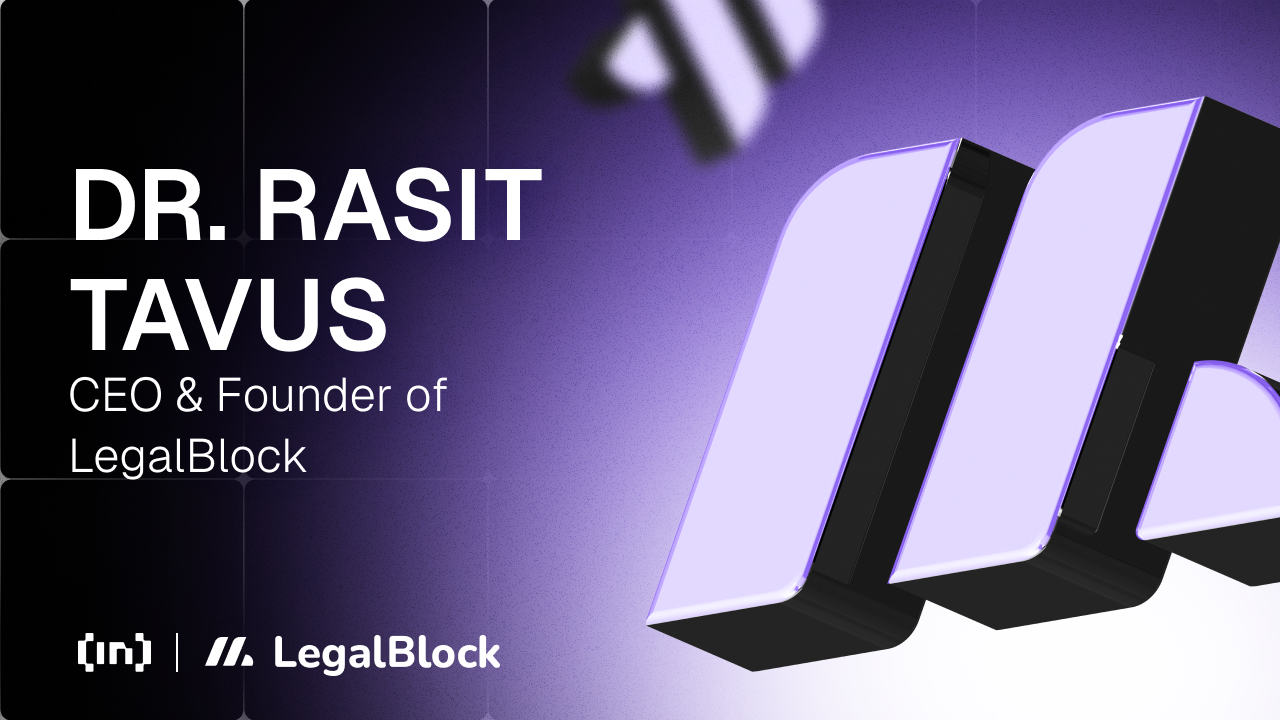
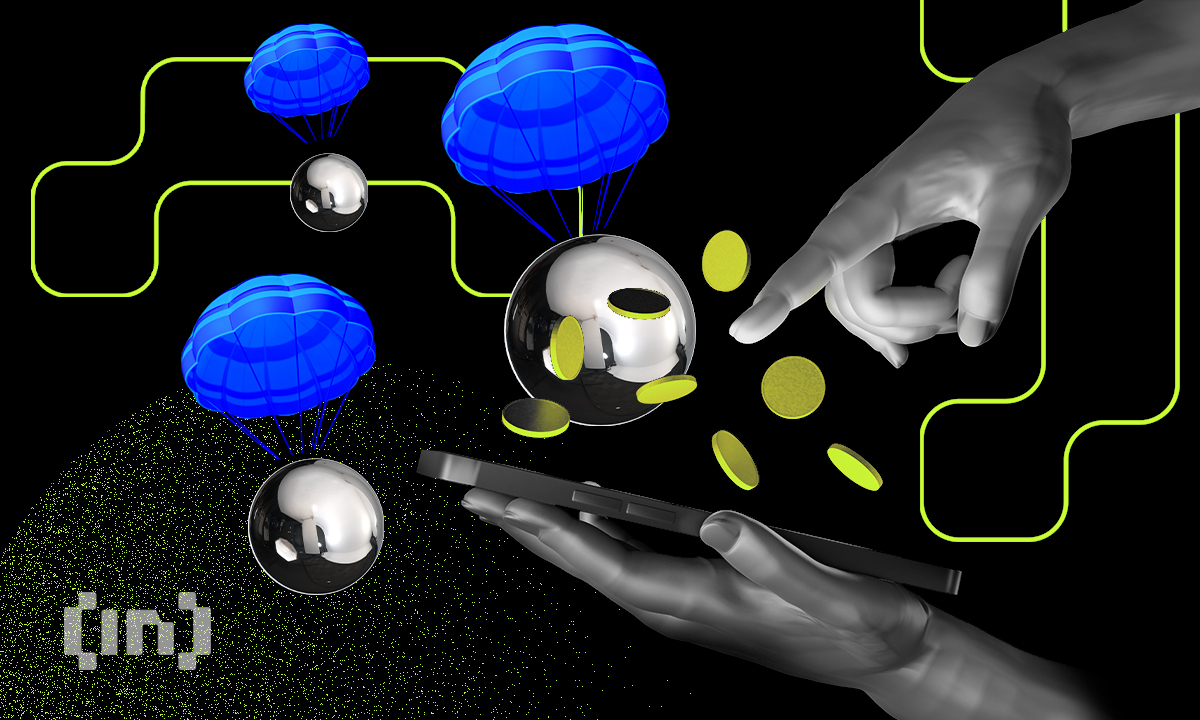


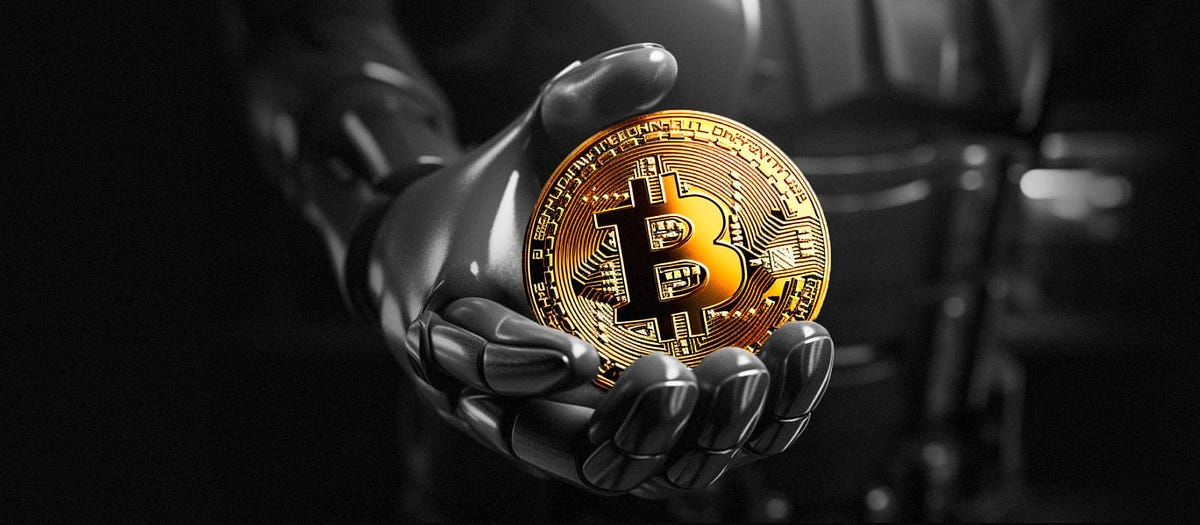


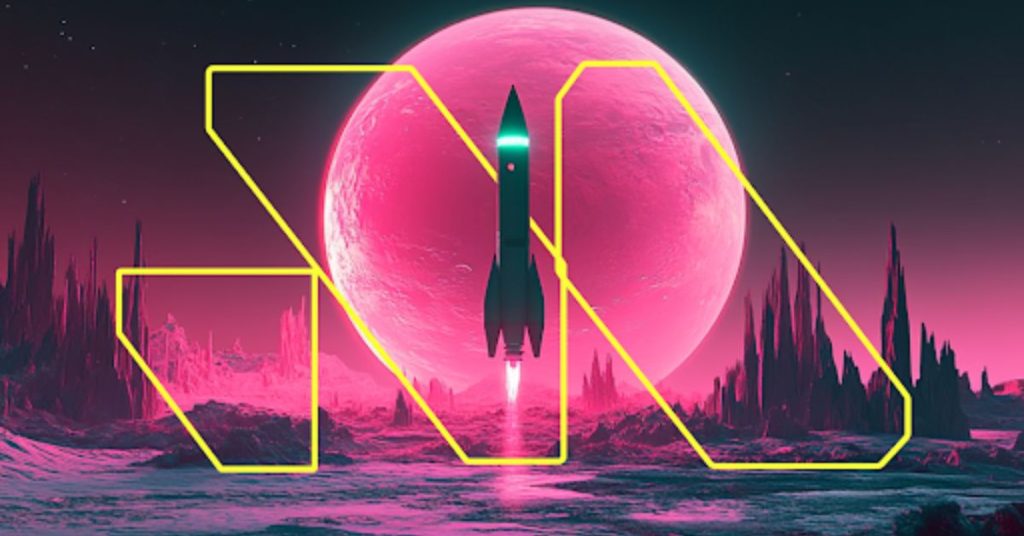
 English (US) ·
English (US) ·